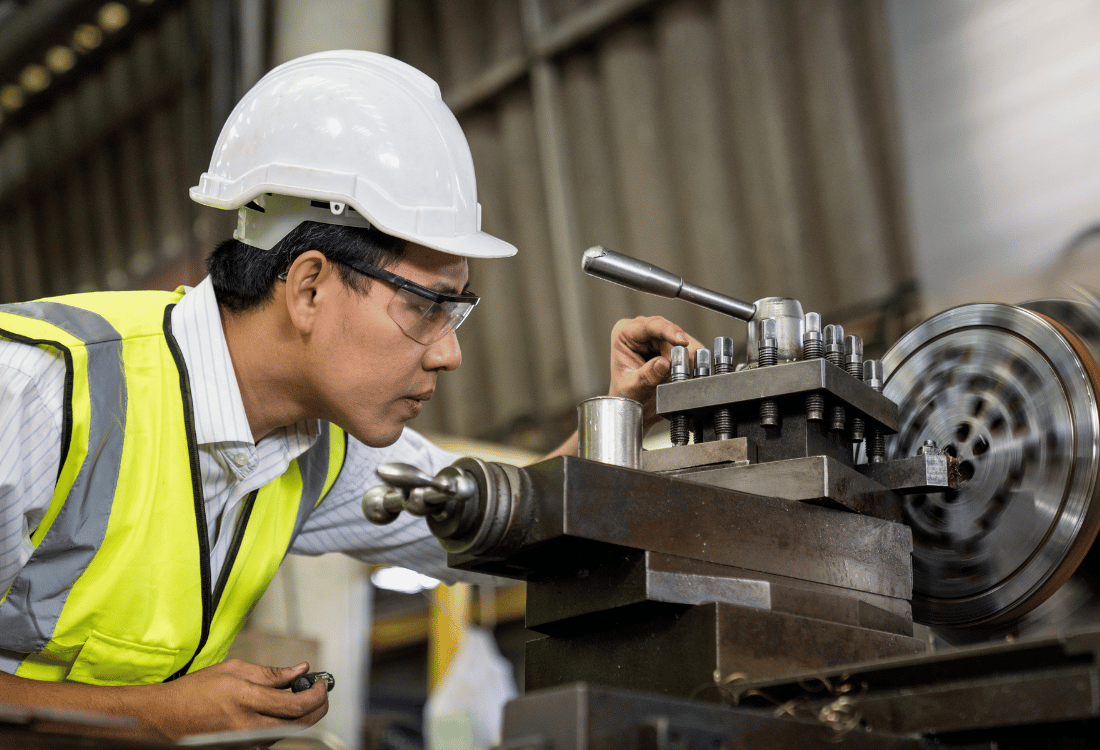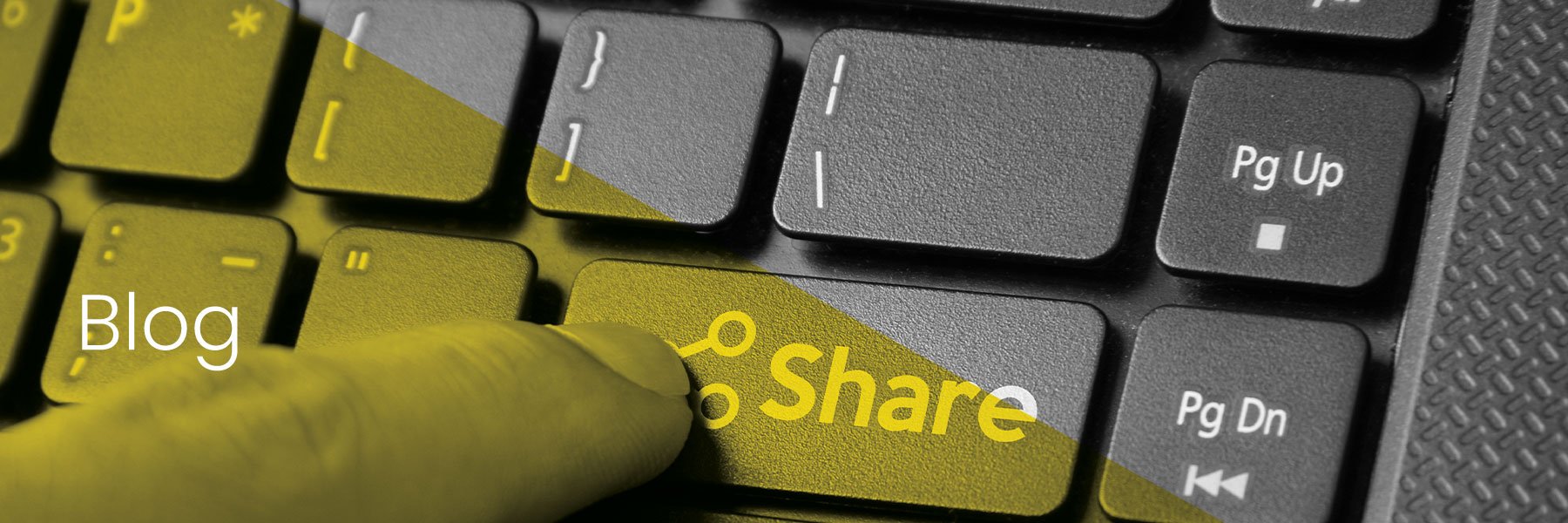
Exploring the Key Types of Linkages in Mechanical Engineering
Linkages - mechanical assemblies consisting of rods and links which are connected by movable joints are designed to transfer motion and forces in a controlled manner. Supporting different types of movements, including linear, rotational, and oscillatory, linkages are used widely in many applications, such as automotive systems (for instance steering and suspension) and robotics. They are also essential in devices like levers, gears, and couplings, playing a key role in the functionality of complex mechanical systems.
In this article, we’ll explore the different types of linkages that we supply at BTL-UK.
Types Of Linkage Mechanisms: Explained
Male Rod End Bearings
Male rod end bearings are mechanical articulating joints that feature an externally threaded shaft for easy assembly. They facilitate precise movement and angular alignment in mechanical linkages, control rods, and steering links, offering durability and smooth operation under varying loads and directional stress.
Female Rod Bearings
Female rod end bearings, which have an internally threaded housing used in mechanical linkages, provide pivotal movement and alignment in different applications, including industrial machinery. Their design allows for easy installation and adjustment making them suitable for diverse motion requirements.
Spherical Plain Bearings
Spherical plain bearings are designed to manage high radial loads and provide angular rotation in two axes. Ideal for accommodating oscillating and tilting movements, they are used in applications that require high load capacity and misalignment compensation, such as hydraulic cylinders and vehicle suspensions.
Housed Spherical Plain Bearings
Housed spherical plain bearings are encased in an outer ring which offers greater protection and stability. These bearings are used where alignment movements are required, and the housing helps in easy mounting while providing structural support and increased bearing longevity.
Ball Joints
Ball joint linkages are pivotal connectors between the control arms and steering knuckles. They allow for smooth movement and control, accommodating angular misalignment. Their robust design ensures durability under varying stress and load conditions.
Clevis Joints
Clevis joints are mechanical links that consist of a clevis and a pin, used to connect two parts in a mechanism and allow for angular movement. Commonly found in industrial machinery, automotive applications, and control mechanisms, they transmit forces efficiently.
Ball Studs
Ball studs are fasteners with a spherical head that are commonly used in industrial applications. They provide a pivot point for linkages and rod ends, allowing for smooth movement and alignment. Their design is critical for ensuring reliability and precision in mechanical joints and assemblies.
Find Out More
To find out more about the linkages we stock at BTL-UK, please download our free guide, ‘The Ultimate Guide to Bearings, Mechanical Power Transmissions and Linkages’ or call us on 01233 542267 for expert advice.
Image Source: Canva




